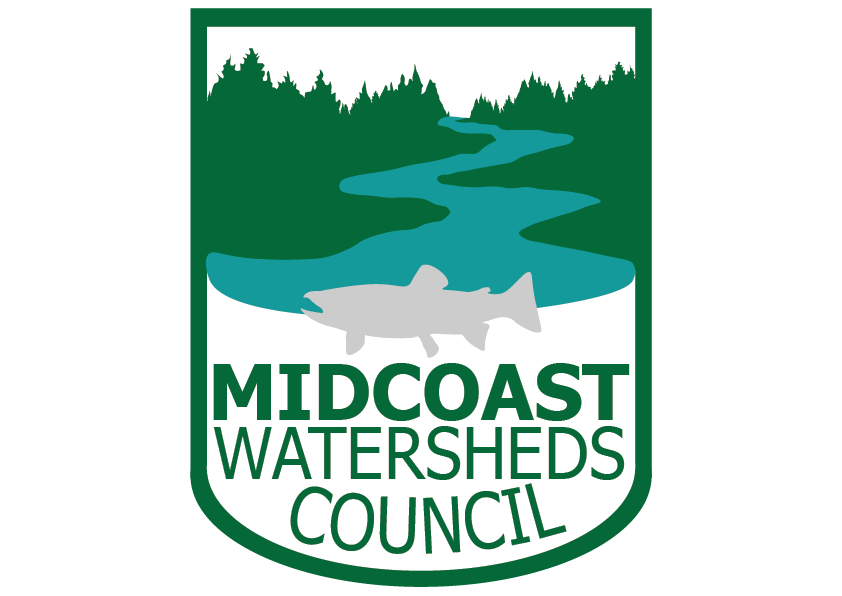Lint Slough has been the site of Midcoast-involved restoration work since 1998 with goals of restoring tidal interaction with Alsea Bay. Since, Midcoast and partners have removed water controlling infrastructure, such as dikes and dams, restoring tidal access and promoting the establishment of historical wetland habitat.
The first restoration projects along the Lint Slough were motivated by the lasting impacts of a salmon rearing facility which proved a lasting barrier to tidal interaction even after it was discontinued in 1972. To restore the natural flow of Alsea Bay tides into the slough, Midcoast and partners removed various instream infrastructure that was left from the facility.
While early projects at this site succeeded in reconnecting historical wetland habitat and tidal influences, there still remain barriers to fish passage and even more habitat upstream to be reconnected.
While lower portions of the Lint Slough area have been restored, further opportunities exist upstream and are being explored by MidCoast and our partners in the Oregon Central Coast Estuary Collaborative (OCCEC) within the Focused Investment Partnership (FIP) “Restoring Resilience to Two Estuaries.” A majority of these upstream areas are ranked high or medium-high in MCWC's Landward Migration Zone study, making them targets for work now to build resilience to sea level rise and climate change, preparing them to be future tidal wetlands.
Early project partners include USFWS, ODFW, City of Waldport, and USFS.

